Hiking 101 – Complete Beginners Hiking Guide
Embark on a breathtaking journey into the world of hiking with our essential guide, Hiking 101. Whether you’re lacing up your boots for the first time or looking to refine your trail skills, this guide is packed with all the must-know advice, gear recommendations, and insider tips to enhance your hiking experience and help you achieve your trail goals.
Consider this page your ultimate hiking companion—bookmark it, refer back often, and watch it evolve. We continuously update our content with the latest insights and adapt it based on valuable feedback from our community of fellow hikers.
Ready to step into nature’s embrace? Let’s dive in and start our adventure together!
Hiking 101
Welcome to the fantastic sport of hiking – where you can do something as simple as hike your local neighborhood trail or you can go on a year-long journey completing the Pacific Crest Trail or section hiking across the Appalachian Trail.
It doesn’t matter if you’re new or just getting back into the sport, this guide is here to provide you with the essentials you should know before you start on a day hike or a beginner multi-day hike.
Before we start on a gear list or dive into dos and don’ts, let’s begin with the hiker philosophy.
Hiker Philosophy
Firstly, prioritize safety. It’s the foremost concern for you, your friends, and your family. Be aware of the weather conditions and familiarize yourself with your equipment. Always be prepared. If you encounter someone in need of assistance, don’t hesitate to help. Avoid becoming a statistic by being struck by lightning or trapped in a flash flood. Stay prepared and safe.
Secondly, adhere to the principle of leaving no trace. Our goal is to enjoy and traverse the world on foot while preserving our environment. This means cleaning up after ourselves and ensuring we leave no trace. Whether on a short day hike or an extended journey, it’s crucial to pack out everything you bring in. Veteran hikers refer to this as “LNT” – leave no trace.
Thirdly, refrain from creating new trails. By following established guidelines, we can conserve, protect, and maintain trails for current and future generations. Creating new paths can lead to erosion, environmental harm, and disturbances to wildlife, as many trails are also used by animals.
Let’s now consider the essentials for hiking gear.
Absolute essentials – hiking 101 gear
A map, compass, whistle, and first aid kit are essential for every backpacker’s gear, whether for day hikes or multi-day excursions.
- Map & Compass
- Whistle
- First-Aid Kit
A map and compass are crucial for navigation on any trail. They ensure that you know your location, stay on marked paths, and can safely return home or to your campsite.
Always use up-to-date maps and carry a physical copy. While technology is convenient, it can fail, and a dead battery can quickly transform a pleasant hike into a stressful situation.
A whistle is an important tool for signaling for help if you become lost or require assistance on the trail.
Beginner Day Hiking
The aim of preparing for a day hike is to ensure the most enjoyable experience with minimal inconvenience. Your gear should be lightweight, dependable, and encompass all necessities for safety, hydration, and navigation on the trail.
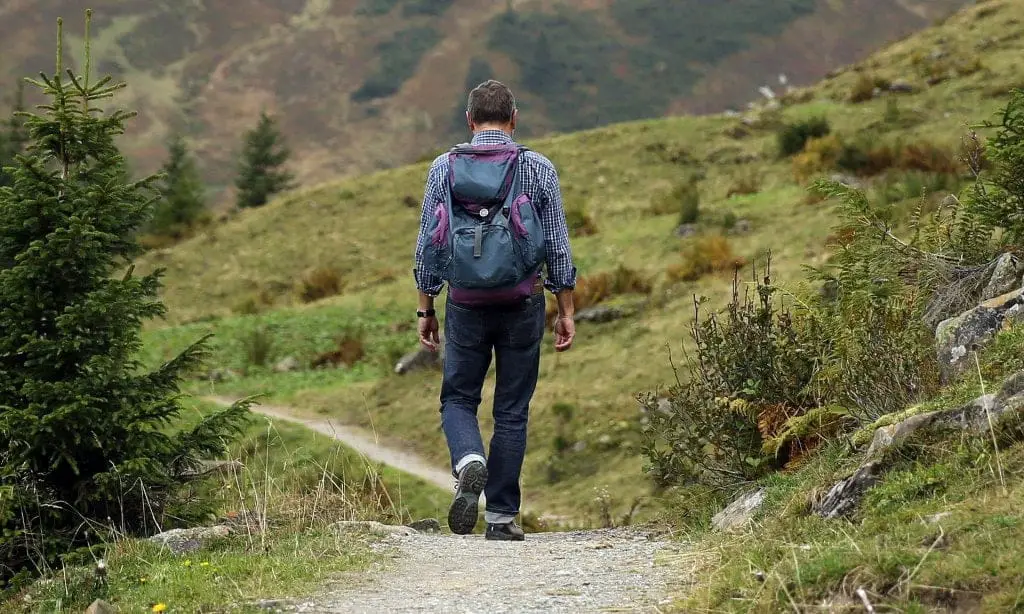
Every hiker began as a novice, experiencing a range of hikes from the enjoyable to the daunting. Like any sport, hiking may appear straightforward at first, but advancing requires proper equipment, training, and conditioning. Being unprepared and facing the elements unguarded can be dire, so thorough preparation and planning are essential for a successful hiking journey. This hiking guide will focus extensively on these aspects.
Hiking Gear for Day Hikes
Day hikes are short hikes you do – often called “there and back” or “loop hikes.” The idea is you start from your camp/house and return to your camp house. You only need to carry on yourself with what you need for the hike and nothing more.
Beginner hiking equipment
- Lightweight backpack
- Proper Hiking Shoes
- Water
- Snacks
When day hiking, I use a combination hydro pack/backpack for my trips. The hydro pack carries all of my food, water, and emergency supplies and leaves plenty of room for my camera, phone, and battery charger as well.
For snacks, I keep snack bars, dehydrated fruits, and lightly salted mixed nuts. I avoid anything that can melt, spoil, or needs to be kept cold. Dehydrated snacks, dried fruits, veggies, and granola bars are hard to beat.
Personal Recommendation: CamelBak 100oz day pack – I’ve used this pack for two years and many trips now, and it still works great, looks, and performs as if it were brand new.
Day hike Emergency Supplies
Emergency Checklist:
- first aid kit
- Whistle
- Sunscreen
- Bug spray
All in one portable first aid kits are great for short day hikes. They usually include bandages, gauze, aspirin/ibuprofen, and insect bite and wound care supplies. Be sure to replace used gear and to refresh your first aid kits annually. Lots of first aid items do have shelf life, and if you keep these items in your garage/shed or non-airconditioned space, they may wear prematurely.
When choosing a bug spray for hiking my preference is natural, low smell and low irritant sprays. I like smelling nature, not some fake citronella or lavender scent.
Clothing
The key to a successful hike is comfort. On the trail, this means wearing fast-drying clothes, sturdy shoes, SPF-protected materials, and donning a hat and sunglasses. Ensure all your attire is appropriate for the season and surroundings.
When hiking at high altitudes, be mindful that temperatures can fluctuate dramatically within a single day. It may be warm or even sweltering during daylight, but nighttime temperatures can plummet to below freezing, even in the midst of summer.
Clothing Checklist:
- Socks
- shorts/pants
- shirts
- pullovers
- Rain gear
- hat
Hiking Socks – Should be wool socks that wick away moisture and keep your feet comfortable and dry.
Hiking Shoes – Should be well fit, appropriately sized, and the right option for your choice of trails.
Shorts / Pants – Materials that offer SPF protection and dry quickly.
Shirts – Sports shirts that wick moisture away and keep you cool or warm depending on environment and season
Pullovers – sweater/sweatshirt as needed.
Rain gear – Always plan for rain regardless. A lightweight rain jacket will keep you happy and dry.
Equipment
I enjoy using trekking poles even on short hikes. It keeps my pace up and provides additional strength training. Other gear you may want to have is a GPS route planner, camera, cell phone, and a portable battery charger to keep all of these devices charged.
One of my favorite devices to bring with me is my Garmin Fenix 7 watch with offline maps, route planning & route tracking.
Fitness level
Day hikes are an excellent option for individuals of any fitness level. Preparing for longer treks with multiple day hikes is the most effective training method. The key to a successful day hike is staying hydrated and applying sunscreen. Dehydration and sunburn are common reasons why many abandon hiking early on. Headaches, soreness, and various pains often result from insufficient hydration or sun exposure.
To gear up for day hikes, consider walking around your neighborhood, opting for stairs at work or school, parking further away in shopping lots, and generally seeking opportunities to walk more throughout your day.
Beginner Multi-Day Hikes
Multi-day hikes build upon what you have learned for day hikes and much of what you have already purchased for day hikes. The only major component I switch out is that my multi-day pack is much larger.
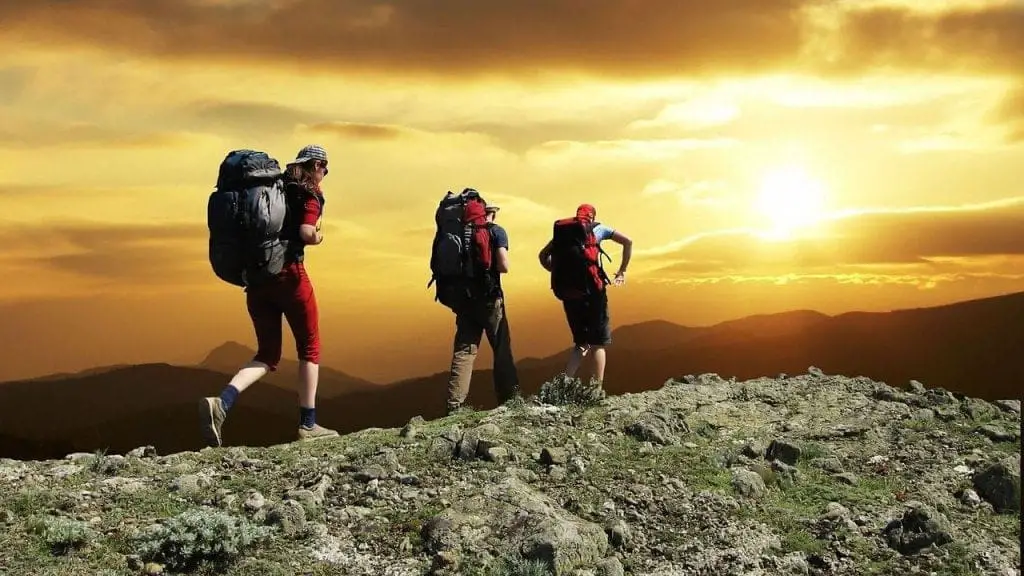
Hiking Gear for Multi-day Hikes
Planning for a more extended multi-day trip means a lot more gear. Not only everything you need to sleep safely and comfortably but all your food, nutrition, and supplies you may need.
Overnight Backpack Checklist:
- Frame Supported Backpack
- Tent with rainfly
- Sleeping bag
- Sleeping Pad
In addition to day hike supplies, you should carry the following items on you with your long hike.
Emergency Supplies:
- Flashlight
- Batteries
- Multi-Day First-Aid Kit
- Pocketknife
- Nylon/Survival Cord
Long-distance backpacks typically feature an internal or external support frame. The internal frame and size distinguish them from regular backpacks, providing support and allowing you to load your gear efficiently.
When selecting a tent, consider the season and your group’s size. Tents are available for 1, 2, 3, or 4 seasons and are categorized by the number of occupants they can accommodate. Commonly, two people will share a two-person tent, dividing the weight to lessen the load. Remember, backpacking tents offer snug sleeping quarters, and during a chilly night, a two-person tent will be warmer with two occupants than if each person had a separate one-person tent.
Choose a sleeping bag that is as lightweight as possible for the expected weather conditions. A 20-degree rated sleeping bag isn’t necessary for summer camping in the southwest, but it might be essential in the mountains throughout the year.
Investing in a sleeping pad can greatly enhance your comfort. I prefer an inflatable pad that inflates with just 8-12 breaths and provides insulation from the cold or hot ground.
Ensure your emergency supplies are sufficient for your trip’s duration. A pocketknife can function as utensils, tools, openers, and for self-defense. A paracord/survival cord bracelet or necklace is not only useful for attaching gear while hiking but also serves as a handy tool for tying down, repairing, or securing items as needed.
Clothing
The attire for a long hike is similar to that of a day hike. However, many hikers focus on buying ultra-lightweight materials rather than everyday clothing for extended treks.
Carrying less weight improves endurance and enjoyment of the hike. The ultralight backpacking industry is booming, and for good reason: no one wants to burden themselves with unnecessary pounds of gear and accessories when lighter options are available.
In the warm summer months, many hikers swap their boots and cargo shorts for trail running shoes and running shorts. Running shorts are significantly lighter than cargo shorts, providing superior moisture and odor control (often being antimicrobial), while trail running shoes offer substantial support with a significant reduction in weight compared to hiking boots.
Clothing is about Layering
The secret to planning your clothes for your long trips is to think in layers. In the cold mornings, you may want to layer on to stay warm, but as the day progresses, you want to remove layers to keep cool easily.
On a chilly night, you can layer your pants, shorts, and pullover as well as a hat or hoodie to help stay warm. On a hot night, you can remove all these layers and be comfortable and protected as needed.
Hiking Food
The basic rule for food planning is to carry approximately 1.4-2.5 pounds of food per person per day. Your specific trail plans will dictate your nutritional requirements. For short day hikes, 1.4 pounds of food or 2000-3000 calories might suffice, but for longer treks or challenging terrain, you might need to aim for over 4000 calories.
Many ultra-lightweight hikers bring only dried foods to eliminate the need for a stove, gas, and cookware. Lightweight backpackers prefer high-calorie, easily portable foods like fruits, dried fruits/nuts, peanut butter, and flatbreads.
Your caloric needs and food intake depend on your body mass, the distance you cover, and the duration of your hike. Starting with shorter hikes and gradually taking on longer ones allows you to plan generously when the extra weight is less of an issue, helping you learn from your habits and preferences. I still tend to pack more food than necessary, accepting the extra weight. With experience, you’ll find a more suitable balance.
Feel free to experiment. I like starting my day with a warm breakfast and a hot cup of coffee. A tip I’ve learned is to use the same boiled water for making both hot oatmeal with dried fruit and instant coffee. This way, I don’t miss having a pancake breakfast with fresh eggs as much, and I don’t have to carry a coffee press or grounds for my caffeine fix.
Personal Recommendation: Starbucks Instant Coffee – No fuss, no muss. Just instant Coffee.
Equipment
Your equipment list for long hikes is set up around cooking and cleaning needs. If you like to enjoy warm foods then you will need a stove, fuel, and utensils to cook and eat your food and you will also need soap and a container as well as potable water to clean up after cooking.
- Stove
- Fuel
- Utensils
- all-purpose Soap
- water treatment (mechanical or iodine)
- Toilet Paper/ Personal Wipes
- Toothbrush
All-purpose soap is available for doing dishes and washing hands as well as washing your body and hair. This kind of soap is usually environmentally friendly and the best option, so you don’t need to carry around multiple body washes, detergents, and shampoos. The lighter you can make your kit, the better off you will be.
Accessories
- Headlamp & Batteries
- Shovel / Scoop
- Stuff Bags
- Sunglasses
Headlamps are the way to go. Having your hands free and being able to see in the dark is a hiker’s best option.
“Stuff bags” are great to keep your clean and dirty clothes separate and store items and layers as needed.
Fitness level for long hikes
Starting small and gradually increasing distance is always advisable. Runners often follow a “couch to 5k” program, which builds up to a 5k run to minimize injuries and enhance strength and endurance. This program can also be adapted for hiking training. Running effectively boosts fitness levels for hiking.
From personal experience, aside from the basics of starting with shorter hikes and progressing to longer ones, mental fitness and conditioning are crucial for long-distance hiking. Hiking tests your physical, emotional, and mental endurance. No matter the training, fatigue is inevitable. You’ll face rain, cold, discomfort, and drowsiness. You’ll encounter dead ends, malfunctioning equipment, outdated maps, and a myriad of challenges.
Mental Conditioning for long hikes
Mental fitness is your ability to know yourself. To always remain safe and to listen to what you need and adjust. The ability to know when to rest, read your body and know when it’s safe to stop and set up camp will come with experience and, most importantly, patience. Don’t rush yourself, don’t push deadlines, don’t take unnecessary risks.
Like getting in shape for long hikes, mountains offer increased challenges and require more preparation. Whether you’re climbing a 14er or just summiting the tallest mountains in your area, preparation is key and knowing your limits is the difference between success or failure.
When Nature Calls
Using the bathroom is a necessity, and when you’re in the wilderness, you become a part of its ecosystem. If there are no facilities at your campsite, it’s crucial to preserve the natural environment and maintain sanitation.
Bury solid waste 5-6 inches deep and at least two hundred feet from campsites and water sources.
Pack out used wipes in a Ziploc bag. Animals are attracted to tissue paper, which does not decompose quickly. The aim is to leave no trace.
Avoid burning waste or tissue paper. It’s highly flammable and can lead to forest fires. Proper disposal of waste materials is essential.
Volunteer
Many trails are only open to the public because of the arduous work of volunteers who help maintain and protect them. Look for volunteer groups in your area and offer to help join them to clean up, preserve, and protect our trails. Some of the best trails in North America are managed by volunteer groups and wouldn’t exist without their arduous work and dedication.
Summary
Hiking is my Zen sport. Being out in nature, I become one with it, finding peace and humility in the experience, absorbing it all. This Zen sustains me during tough times and keeps me grounded when I’m tempted to overreach.
The key to experiencing hiking’s Zen lies in having the right gear, knowledge, and tools for safety, fun, and enjoyment. The best or lightest gear isn’t necessary; just the essentials and the will to explore.
Stepping out of your comfort zone is sometimes required—like when nature calls in the wild, and you must bury the evidence. It’s an odd part of the experience, but a rite of passage for every hiker.
Hiking 101 focuses on mastering the essentials, boosting confidence, and enhancing hiking skills. Enjoy the trails safely and joyfully!
FAQ
Do I need to buy gear to start hiking?
No, you can certainly enjoy the outdoors locally and explore the trails with normal clothes and shoes you already have. Gear can certainly provide more capability and comfort and is something you can grow into.
Should I buy hiking boots or trail running shoes?
If you’re hiking well maintained trails and putting on miles, I recommend trail running shoes. If you’re going through technical territory and need more protection and support – a Hiking boot is recommended. The choice is entirely yours.
Pin it! Save & Share
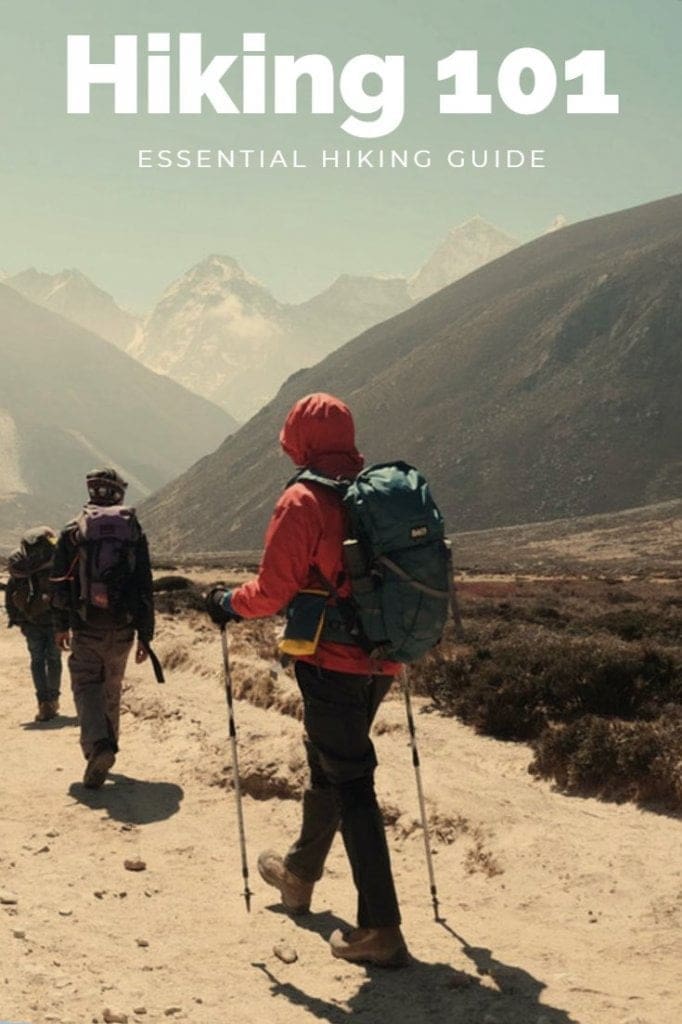
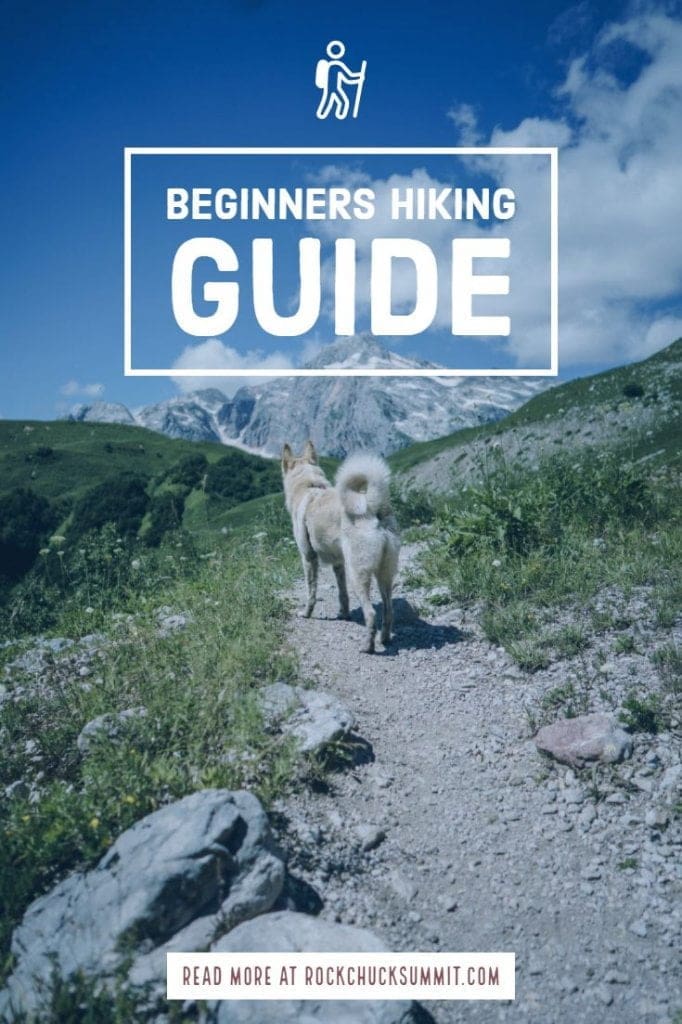
PS, we love community feedback. Leave a comment below with your beginner hiking tips, and we’ll keep this hiking 101 guide updated!

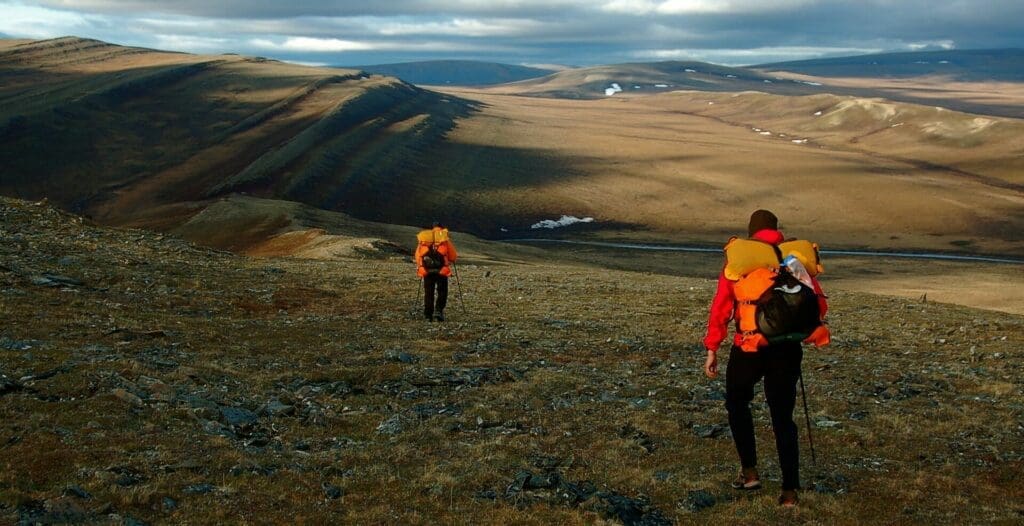
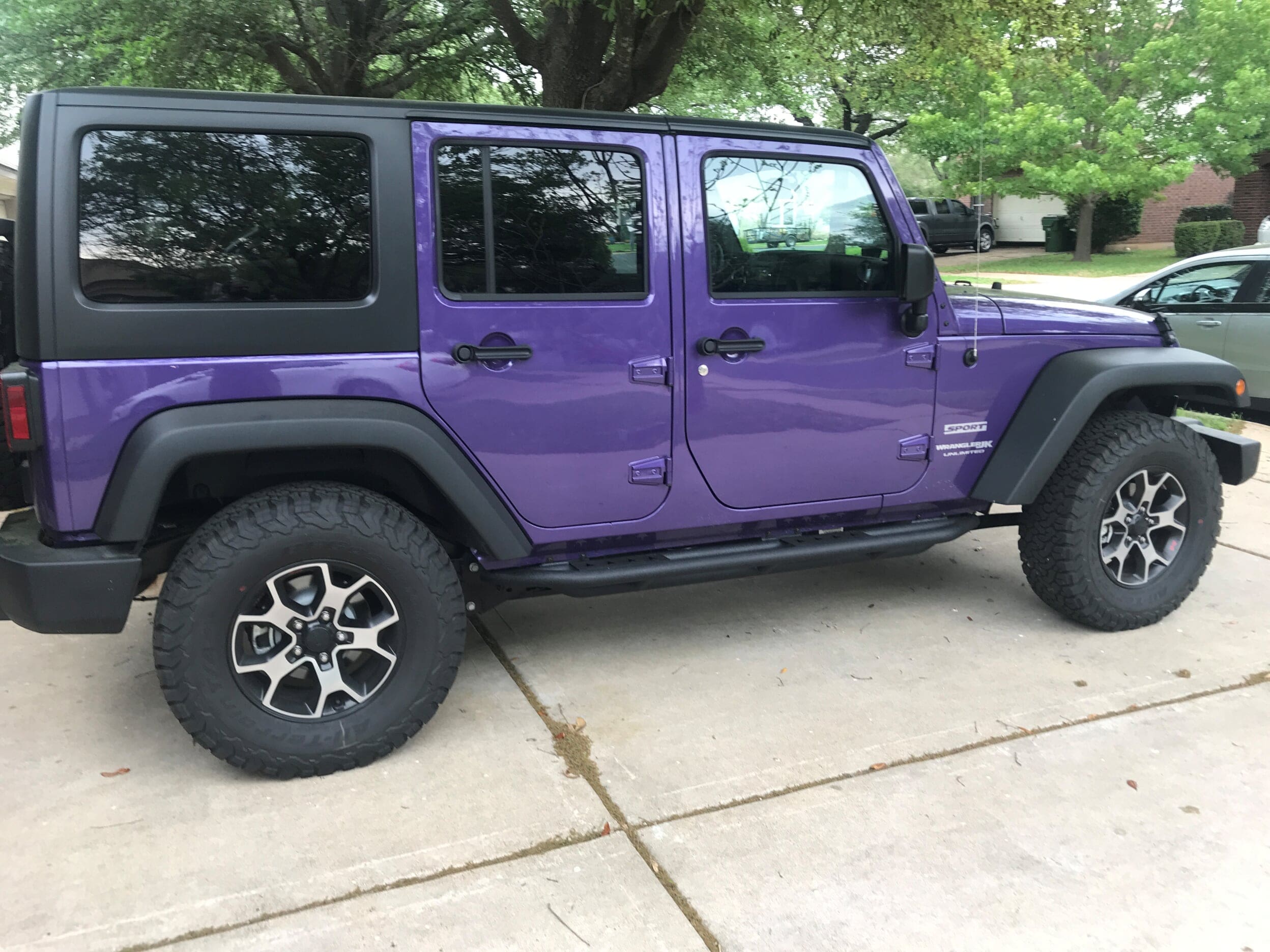

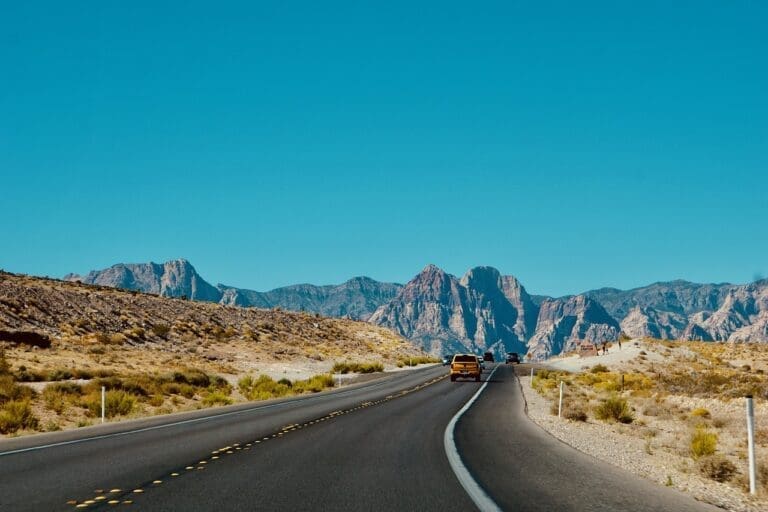
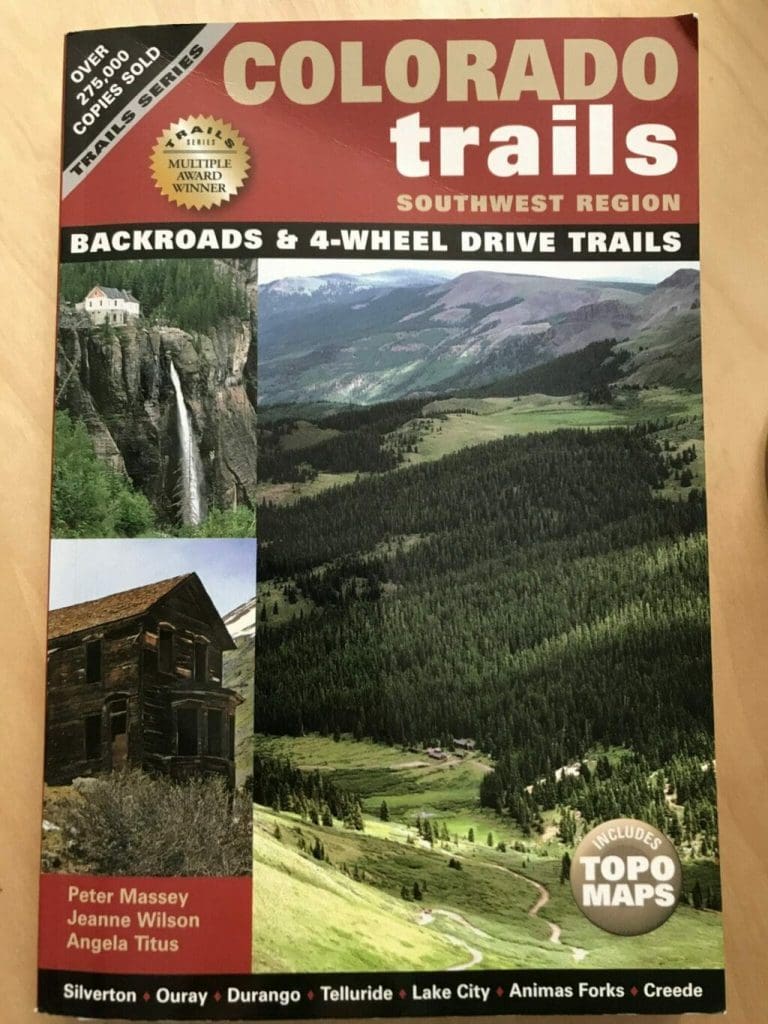
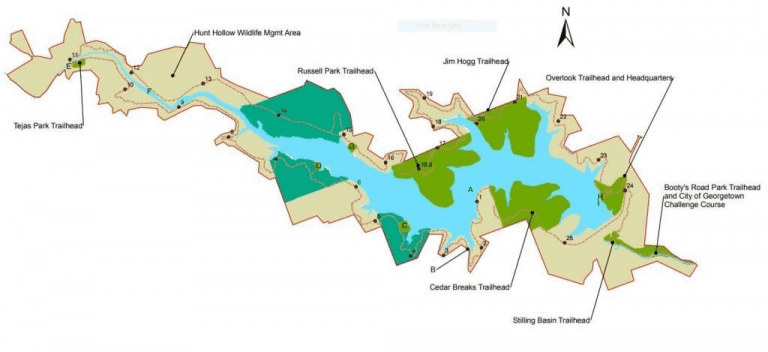
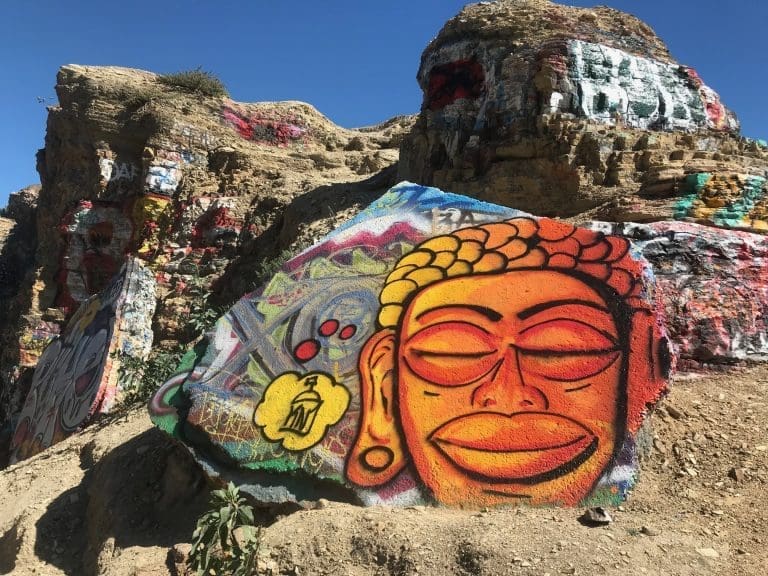
I just read your post on “beginners hiking guide” and thought you made some really great points. I especially liked your take in-depth analysis. I was looking for this certain information for a very long time. I think it might be of interest to my readers. Thanks!